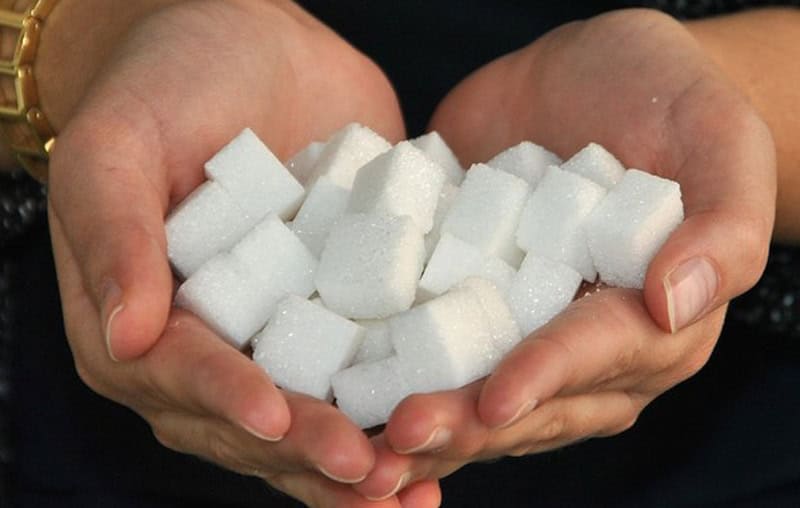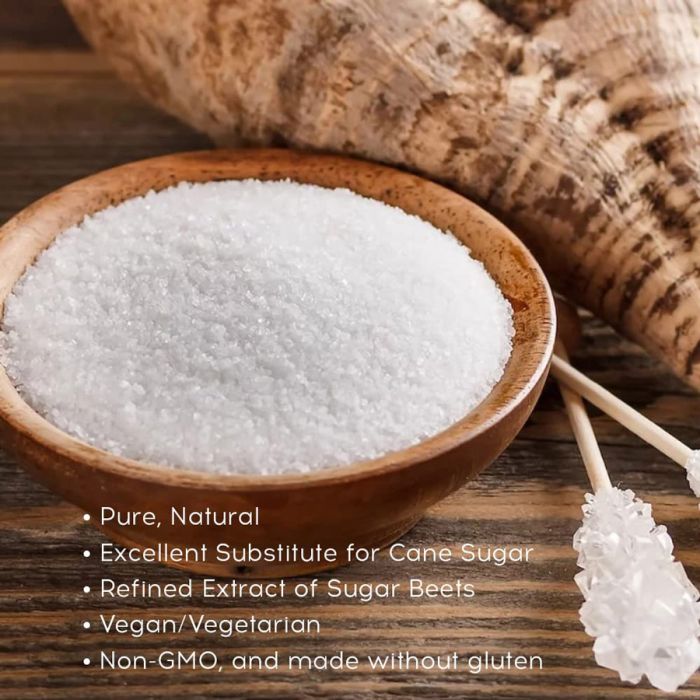The agricultural practices for beet sugar vs cane sugar contribute to differences in harvesting time.
Exploring the Differences being used and Benefits Between Beet Sugar Vs Cane Sugar
In the cooking world, the selection between beet sugar and cane sugar is not just about sweetness however involves a nuanced factor to consider of taste, application, and impact. While both sugars originate from various plants, each undergoes one-of-a-kind production procedures that subtly affect their qualities and suitability for numerous meals. As cooks and consumers significantly prioritize both the ecological and flavor profiles of their active ingredients, understanding these differences comes to be vital. This exploration provides understanding right into how each sugar type can best boost culinary creations.
Origins and Production Processes of Beet and Cane Sugar

Walking cane sugar, on the various other hand, originates from the sugarcane plant, a tropical turf indigenous to Southeast Asia and now cultivated in tropical areas worldwide. The production of cane sugar starts with the harvesting of cane stalks, which are squashed to launch the juice. This juice is after that boiled to concentrate it, after which it is spun in centrifuges to produce raw sugar crystals. These crystals are additional fine-tuned to produce the white sugar frequently readily available in stores.

Nutritional Material and Health Considerations

When comparing the dietary material of beet sugar and cane sugar, it ends up being evident that both types essentially offer the very same caloric values, with about 16 calories per teaspoon and no significant nutrient variety. Both sugars, when consumed in excess, can contribute to raised blood glucose degrees, a threat aspect for diabetic issues and other metabolic disorders. From a wellness point of view, moderating consumption of any type of type of sugar, whether from beet or cane, is suggested to prevent these potential unfavorable impacts on well-being.
Flavor Accounts and Culinary Applications
In spite of their comparable chemical structures, beet sugar and cane sugar differ subtly in taste, which can affect their use in numerous culinary contexts. Walking cane sugar usually brings a tip of molasses, even in its polished form, offering a warm, caramel-like touch that improves baked products, coffee, and chocolate-based recipes. This minor molasses this website taste is specifically valued in the baking sector for including deepness to sugary foods and pastries. On the other hand, beet sugar is defined by its very refined, neutral taste, making it a functional sugar that does not modify the taste accounts of recipes. This nonpartisanship is specifically helpful in fragile recipes, such as light breads, creams, and some sauces, where the fundamental flavors of other components are planned to stand out. Consequently, chefs and food producers could pick one type of sugar over the other based upon the wanted taste end result of their cooking productions.
Ecological Effect and Sustainability
While both beet and cane sugars are obtained from plants, their environmental impacts vary dramatically due to the distinctive techniques of cultivation and handling required for each. Sugar beet cultivation usually entails extensive automation, which can boost fossil fuel intake and carbon discharges.
Furthermore, the handling of sugarcane commonly produces a substantial amount of waste, including bagasse, which, although functional as biofuel, frequently adds to air contamination if burned inefficiently. Sugar beet handling uses even more of the raw materials, causing less waste. Both industries encounter difficulties in reducing their see this ecological footprints, yet ongoing technologies in agricultural techniques and waste management are intending to enhance sustainability.
Economic Elements Affecting the Sugar Market
The financial characteristics of the sugar industry are substantially affected by global market demands and trade plans. Variables such as tolls, subsidies, and worldwide profession contracts play essential functions in forming the affordable landscape. In areas where sugarcane or sugar beet manufacturing is subsidized, manufacturers might have a financial advantage that enables them to offer lower prices on the worldwide market. This can create variations in profitability and market accessibility for producers in nations without such aids.
Additionally, fluctuations in international need for sugar, influenced by dietary trends and industrial usage in food, directly impact rates and manufacturing levels. beet sugar vs cane sugar. Climate condition likewise play a critical role, as they can dramatically impact crop returns and, as a result, the supply chain. This variability presents a level of economic unpredictability that can cause investment volatility in sugar manufacturing markets, influencing choices from growing to market approach
Conclusion
To conclude, both beet and cane sugar have special high qualities that match different cooking requirements. While cane sugar imparts an check out this site abundant taste suitable for improving baked goods, beet sugar's nonpartisanship is best for lighter dishes. Nutritional resemblances regardless of, their unique manufacturing processes and ecological impacts include complexity to the option in between them. Therefore, recognizing these differences aids chefs and customers make educated decisions that straighten with their health, cooking, and moral preferences.